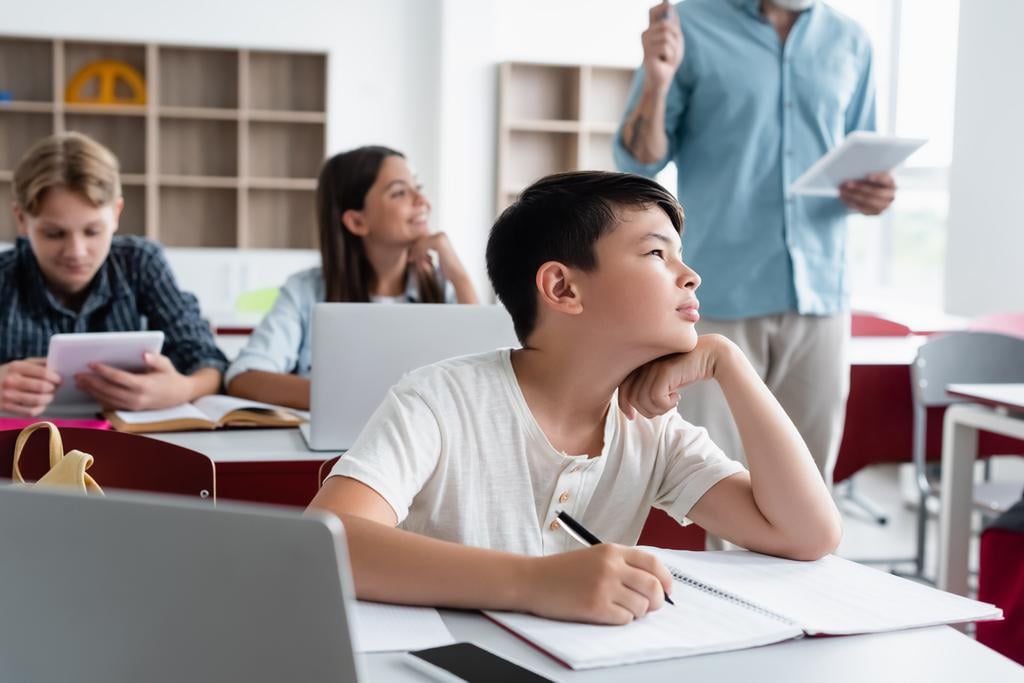Teachers have long understood the value of creating physical learning experiences for small children and praise programs that encourage such explorations. However, as our students get older and mathematics branches out to encompass more areas of study, the cupboards are shut and older children are denied the chance to see the numbers on the screen come to life.
Manipulatives and hands-on materials are essential tools for helping children understand and master mathematical concepts, such as place value. These tools provide children with the opportunity to physically interact with mathematical concepts, making them more concrete and understandable.
One of the primary benefits of using manipulatives and hands-on materials in the classroom is that they allow children to see and understand mathematical concepts in a way that is not possible through traditional teaching methods. For example, using base ten blocks to teach place value allows children to physically manipulate and examine the concepts of ones, tens, and hundreds, making it easier for them to understand and remember.
Manipulatives and hands-on materials also help children to develop their fine motor skills and hand-eye coordination. These skills are essential for children to be able to manipulate and work with mathematical concepts. This in turn will help them to develop their ability to solve mathematical problems and complete mathematical tasks with greater accuracy and efficiency.
Another advantage of using manipulatives and hands-on materials is that they can help to make mathematics more engaging and interactive for children. Children are often more motivated and interested in learning when they are able to physically interact with the material. This engagement with the material will help to keep the children focused on the task at hand and will make them more likely to retain the information they learn.
Manipulatives and hands-on materials play a crucial role in helping children to understand and master mathematical concepts, such as place value. They provide children with the opportunity to physically interact with mathematical concepts, making them more concrete and understandable. They also help children to develop their fine motor skills, hand-eye coordination and make the learning process more engaging and interactive.
So, it is essential for teachers of students of all ages to incorporate these materials in their classrooms to help their students succeed in mathematics.



Comments ()